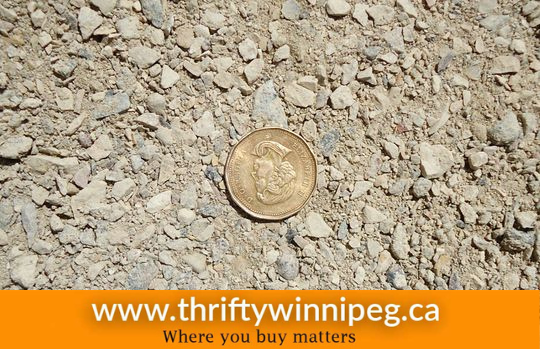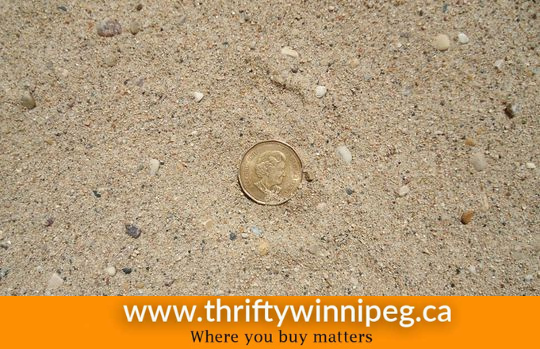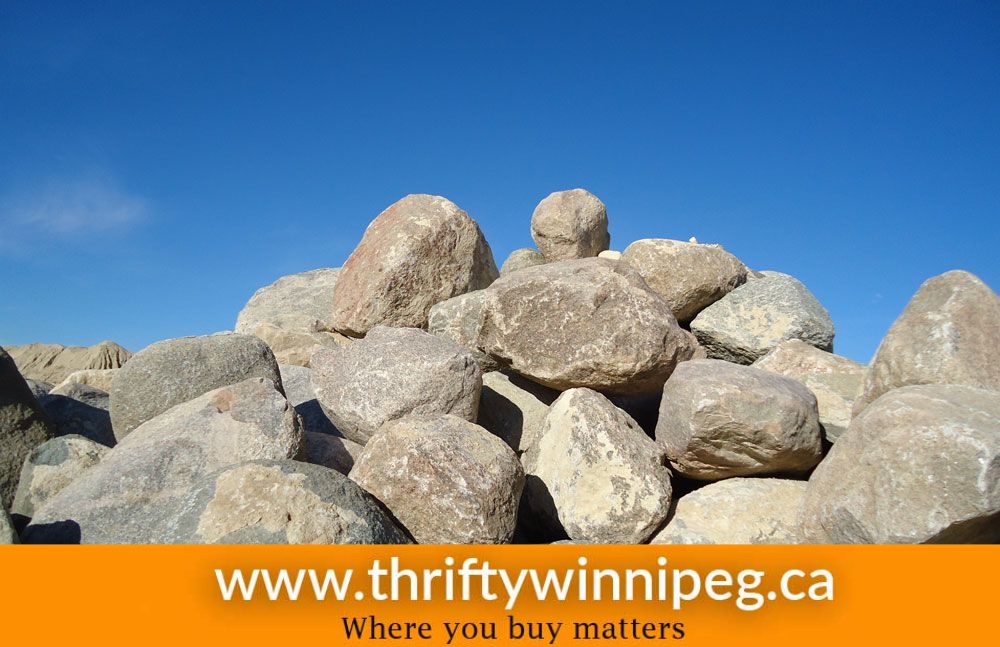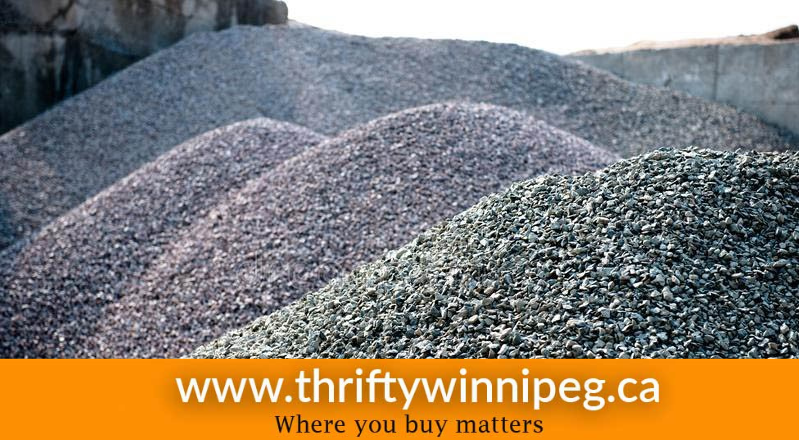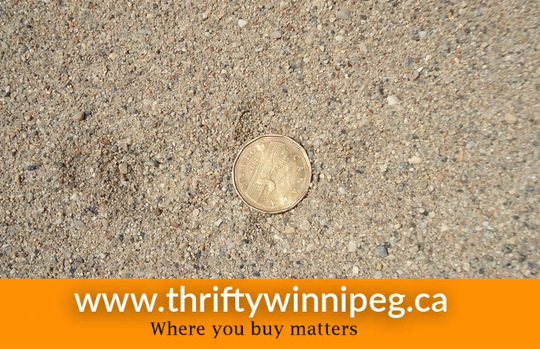$42.99 per yard
Description
Similar to 1/4 down limestone, but made from granular material
Used mainly for driveway, pathway, and road work.
Tips:
1/4 Down – Limestone Gravel provides a firm, stable, foundations for interlocking pavers, flagstone, bricks, patio block, concrete slabs and anchoring posts.
Excellent as base gravel for patios, pathways, walkways, sidewalks, driveways, gravel roads, gravel streets, or even a retaining wall.
Contains fines + dust. COMPACTION. Generally the base layer of ground projects. Small particles of ground rock.
Gravel and limestone are versatile materials used in a range of industries for a number of different purposes. Primarily, they’re used for hardscaping in the construction industry to create decorative or practical elements in a landscape.
They can also both be used in loose form to improve drainage, act as a general purpose filler in uneven areas and create pathways for domestic and commercial jobs. Gravel and limestone are often popular choices for driveways as an alternative to asphalt or concrete.
This loose aggregation of rock fragments must be over 2mm in diameter; anything smaller is considered to be sand. There are different types of gravel which are usually graded by size. Most driveways use at least three different sizes of gravel that are put down in layers to ensure proper drainage and create a solid foundation.
Is Gravel Or Limestone Better?
Ultimately, both materials perform the same jobs to the same high standard. Gravel and limestone are equally versatile, strong and easy to lay.
The decision will largely depend on the project, as well as the price and availability of both products in your area. If none of these are deciding factors, it could simply be down to appearance and which one you think looks better.

